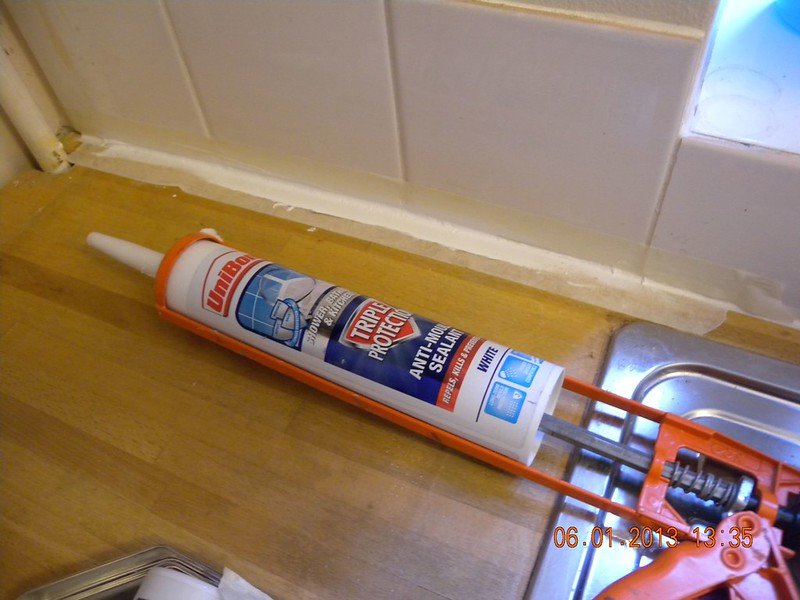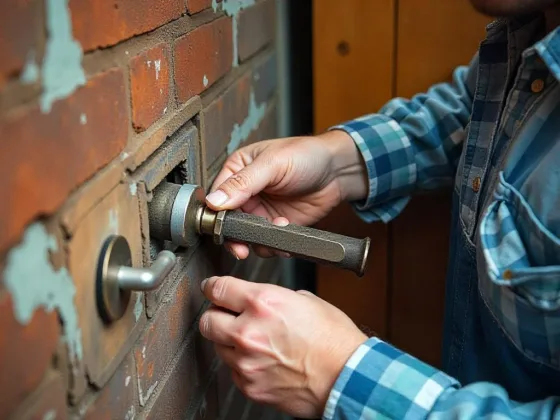Table of Contents Show
All too often we believe that any fix our house needs will be complex by default. And while it is true that repairing a house requires a certain level of experience, some projects are easier than others.
After all, if all you need is to glue a few pieces back together then just a few drops of silicone sealant will do the job.

But what is silicone sealant exactly? How does it work and when can we use it? Today we’ll go over all those questions, so you can fully understand this adhesive and decide if you need silicone services to get your house back in shape.
What is a Silicone Sealant?
Silicone is a polymer that mostly resembles rubber. It’s soft to the touch but it’s surprisingly durable, a combination that makes it a great pick as a bonding agent; or in simpler terms an adhesive.
Since silicone cures through contact with the air, it can be easily applied as an adhesive, and this presentation of silicone is what we usually call a silicone sealant. Silicone sealant comes in a large tube with a small opening on one end.
So by squeezing it or through a specialized silicone gun, the silicone is pressed into the outside to either glue or seal one or more pieces. On top of that since there are both clear and colored silicone sealants you can integrate them on most designs with no issue.
As an adhesive silicone sealant pours into most surfaces and this means that not only can it reliably fix two pieces together, but it also seals them and can prevent moisture from leaking in or out of them.
So all in all the simplicity of its application coupled with its effectiveness is the key to the enduring popularity of silicone sealants.
Read Also:
- Understanding Mastic Sealant: The Key to Effective Surface Sealing
- How to Repair Your Old House Using Self-Adhesive Caulking Strip
- 4 Home Maintenance Services That Are Best Left to a Professional
- Creating a Home Maintenance Plan: 5 Tips for Home Maintenance
- Why Silicone Roof Coating Is Cost-Effective Than Re-Roofing
What are Silicone Sealants used for?
Silicone sealants can be used for a wide variety of tasks in large part due to their simplicity, but for clarity sake, we’ll list the most popular uses below:
- Sealing glass: Since silicone is clear and cures on its own without any harm to glass, it’s one of the most popular picks to seal or glue glass. It’s also water-resistant, so it’s also one of the most reliable shower sealants.
- Home maintenance: Silicone provides an easy way to fill gaps, holes, and cracks in a wide variety of materials. So silicone sealant is often used by crafty homeowners to control the damage to their houses.
- Additional construction support: Silicone can add extra strength to load-bearing frames or be used to protect certain materials from the weather.
Types of Silicone Sealants
Silicone sealants come in various presentations, but the best way to categorize them is by function. So below you’ll be able to compare the 3 main types of silicone sealants and understand their intended use.
Electric-Grade
Electric-grade silicone does not contain any corrosive materials which means it can be used on top of more sensitive materials. On top of that, it’s highly resistant to multiple weather conditions so it’s ideal for use outdoors.
High-Temperature
Built for resistance High-Temperature silicone can endure up to 600� F as well as vibration. High-temperature silicone is designed to last, so if you want your bond to last this is the way to go.
Multi-Purpose
The most popular type of silicone is Multi-Purpose without a doubt. Multi-purpose silicone isn’t as resistant as the two above options, but it’s still a strong adhesive and can be used on almost any material. If you don’t have a specialized project in your hands then Multi-Purpose silicone will be enough.









